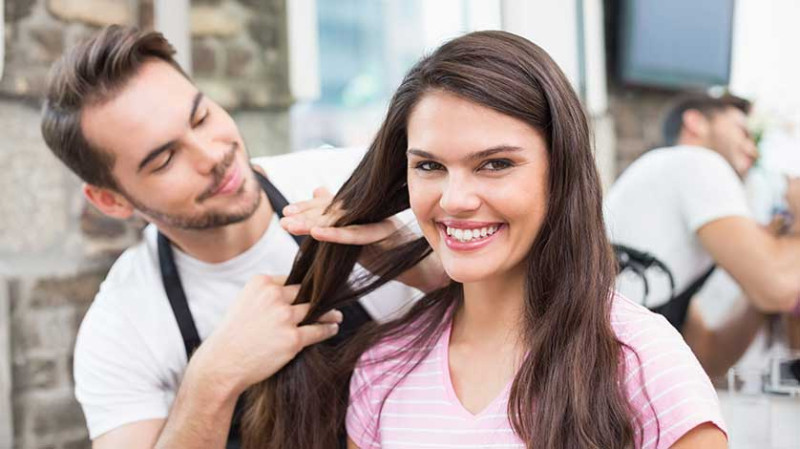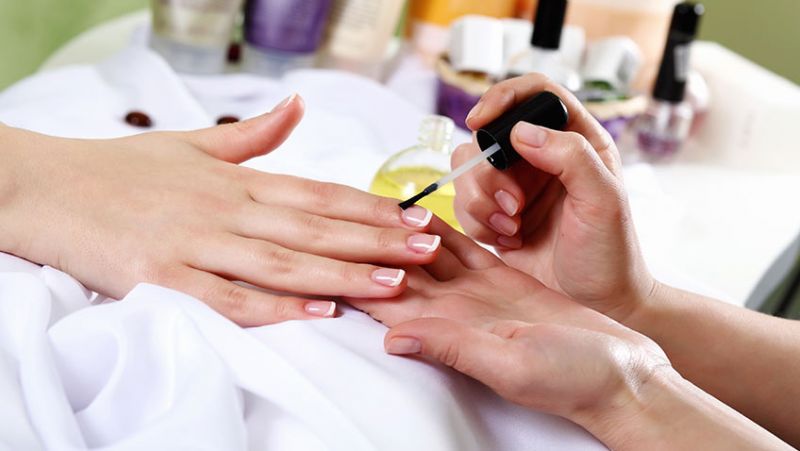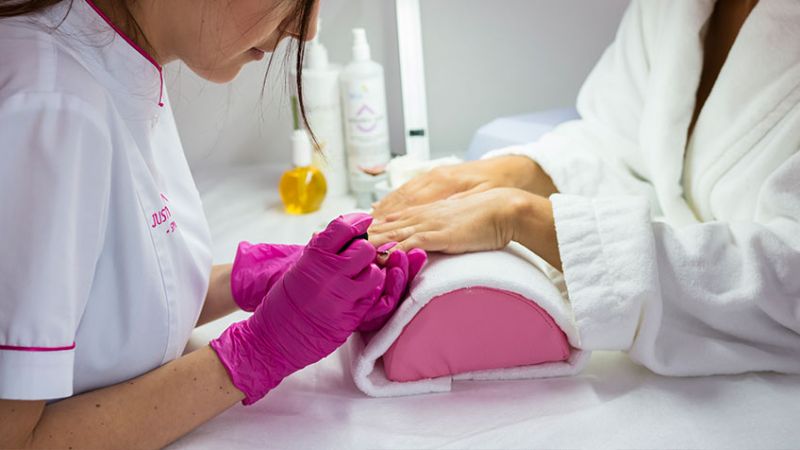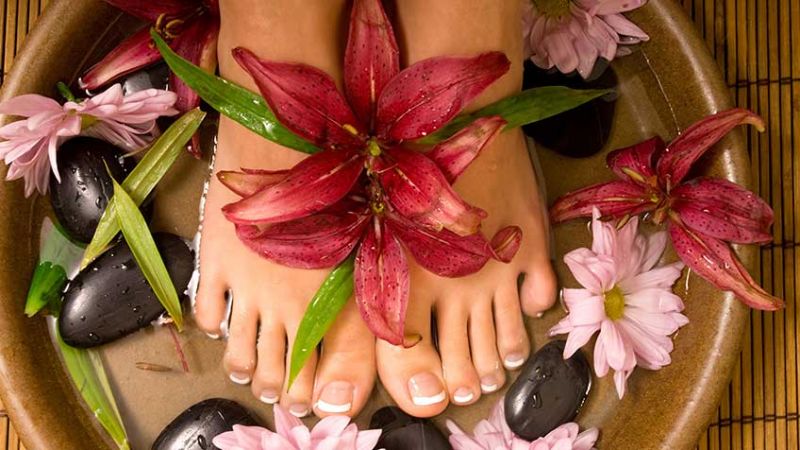
If you have relaxed hair or are considering chemically straightening your natural curls, you're not alone. Many people love the sleek, manageable finish relaxed hair offers. However, relaxed hair requires a tailored haircare routine to keep it healthy, strong, and beautiful. Whether you're a seasoned DIYer confident with your haircare routine or a beginner looking for pro-level advice — this guide will give you the essential tips you need to maintain gorgeous relaxed hair.
As a professional hairstylist specialising in textured and chemically treated hair, I’ve gathered the most effective advice for maintaining relaxed hair full of life and bounce. Let’s dive into these 25 must-follow tips for healthier, longer-lasting relaxed hair.
1. Choose a High-Quality Relaxer That Suits Your Hair Type
Not all relaxers are made the same. Choosing the right formula for your specific hair type is crucial. Relaxers come in different strengths — mild, normal, and super. Always match the relaxer strength to your hair’s texture and density to prevent unnecessary damage.
For example, fine hair may only need a mild formula, while coarse or thick hair might benefit more from a regular or super formula. Using the wrong strength can lead to over-processing or under-processing.
Always do a strand test before applying a new relaxer. This helps you understand how your hair will react and avoid large-scale damage.
And if it’s your first time relaxing your hair, consider going to a professional. Getting it right the first time can set your hair up for healthier maintenance in the long run.
2. Stick to a Regular Relaxer Touch-Up Schedule
The average time between relaxer touch-ups is 6–8 weeks, but this can vary depending on how quickly your hair grows. Waiting too long can lead to extreme texture differences between the new growth and relaxed hair.
On the flip side, relaxing too soon can cause overlapping — a term used when relaxer is applied to previously processed hair. This can lead to severe breakage and long-term thinning. Keep on track with a calendar or reminder on your phone to ensure timely touch-ups.
For those transitioning from natural to relaxed hair, staying consistent with your schedule will make the process smoother and prevent unnecessary breakage at the line of demarcation — where new growth meets relaxed hair.
3. Always Use a Neutralising Shampoo After Relaxing
One of the most overlooked steps is the neutralising shampoo. It halts the chemical processing by bringing your hair's pH back to its normal range. Skipping this step can result in continued chemical activity, causing scalp burns and ultra-dry hair.
Look for a colour-indicating neutralising shampoo that turns pink when relaxer residue is still present. Rinse and wash until no pink foams up — a sign your hair is fully neutralised and safe.
4. Deep Condition Weekly
Relaxed hair is more porous and prone to dryness. Combat this by deep conditioning at least once a week. This restores required moisture, prevents split ends and breakage, and strengthens hair strands.
Choose treatments with ingredients like shea butter, coconut oil, or keratin. Apply heat during deep conditioning (like a hooded dryer or steam cap) to help the conditioner penetrate more deeply.
Make this step a sacred part of your self-care Sunday routine — your hair will thank you!
5. Moisturise and Seal Daily
This step may sound high-maintenance, but it’s vital. Moisturising daily with a water-based product strengthens elasticity and keeps the hair soft. Sealing with a light oil (like jojoba, almond, or avocado oil) locks in the moisture and adds shine.
Focus your moisturising efforts on the ends, as this is the oldest and most fragile part of your hair. Try not to drench your strands daily — a small amount goes a long way.
6. Use a Wide-Tooth Comb or Detangling Brush
Relaxed hair is more vulnerable to mechanical damage, particularly when it’s wet. Always use a wide-tooth comb or a detangling brush with soft bristles to avoid snapping hair or causing split ends.
Start from the ends and work your way up gently. Never yank or rush—patience is key to healthy strands.
7. Limit Heat Styling
While relaxed hair is already straight, you might be tempted to use straighteners or curling irons frequently. Resist the urge — excessive heat only accelerates damage and breakage.
Try heatless styles like flexi rods, bantu knots, or roller sets for a break from heat tools. If you do use heat styling occasionally, always apply a high-quality heat protectant spray or serum beforehand.
8. Sleep on Satin or Silk
Cotton pillowcases can pull moisture from your hair and cause friction that leads to split ends and breakage. Trading your standard pillowcase for a satin or silk one is an easy upgrade with big benefits.
Alternatively, consider wearing a satin bonnet or scarf to bed. It preserves your style and keeps your hair hydrated overnight.
9. Trim Regularly
Trimming doesn’t hinder length — it promotes healthy growth by removing split ends that could travel up the shaft. Aim to trim your ends every 8–12 weeks.
Look for signs of breakage, fraying, or severe dryness. If the ends feel crunchy or look see-through, it’s time for a cut. Don’t hold on to damaged ends in the name of length — healthy hair always wins.
10. Clarify Monthly
Product buildup can block moisture and weigh hair down. Incorporate a clarifying shampoo into your monthly routine to reset your strands and scalp.
Look for sulfate-free clarifiers if your hair is on the drier side. Follow up with a deep conditioner to restore balance.
11. Avoid Overlapping During Touch-Ups
This is one of the most common causes of breakage in relaxed hair. During relaxer applications, take extra care to only apply the product to new growth.
Use sectioning clips and apply with an applicator brush to stay precise. Enlisting help from a friend or stylist can also prevent mishaps.
12. Don’t Relax Freshly Washed Hair
Never relax hair that’s just been washed or scratched at the scalp. The natural oils on your scalp act as a protective barrier, reducing the risk of burns and irritation.
Wait at least 5–7 days after washing to apply a relaxer. Avoid brushing, scratching, or manipulating the scalp a few days before and after relaxing.
13. Use Protein Treatments Strategically
Relaxed hair benefits from occasional protein treatments to reinforce its structure — think of it as rebar in a building. These treatments repair damage and strengthen strands from within.
However, overloading your hair with protein can lead to stiffness or brittleness. Aim to use a light protein treatment every 4–6 weeks and always follow it with a moisturising deep conditioner.
14. Protect Hair During Workouts
If you're working out frequently, sweat can disrupt your hairstyle and dry out your scalp. Tie your hair in a loose bun or braid under a silk wrap or sweat-wicking headband to help absorb moisture while protecting hair.
Don't forget to cleanse your scalp regularly afterwards, ideally with a co-wash or gentle cleanser that doesn’t strip essential oils.
15. Avoid Tight Braids and Tension Styles
Edges and napes are especially prone to damage from tight hairstyles. Tension can cause thinning, broken strands, and in severe cases, traction alopecia — permanent hair loss from prolonged pulling.
Opt for low-tension protective styles that allow your scalp to breathe. If it hurts going in, it’s too tight.
16. Limit Exposure to Chlorine and Saltwater
Chlorine and saltwater can strip your hair of essential oils and lead to dryness or brittleness. Always wear a swim cap or coat your hair with conditioner before diving into the pool or sea to create a protective barrier.
Rinse thoroughly after swimming and follow up with a moisturising shampoo and deep conditioner.
17. Use Leave-In Conditioners for Extra Protection
Leave-in conditioners act as a shield while adding moisture and detangling power. Use one with thermal, UV, and breakage protection for all-around benefits.
They’re especially useful between washes when your hair needs a pick-me-up without weighing it down.
18. Treat Your Scalp
Healthy hair starts at the root. Use lightweight scalp oils or serums with ingredients like tea tree, peppermint, or castor oil to keep your scalp hydrated and stimulated.
Massage your scalp regularly to boost blood flow and promote hair growth. Avoid clogging your follicles with heavy, greasy products.
19. Use Products Specifically Made for Relaxed Hair
Relaxed hair has unique needs — it’s best to invest in lines designed for chemically treated hair. These products are formulated to help retain moisture, repair damage, and prevent breakage.
From shampoos to styling serums, pay attention to how your products interact with your hair and adjust accordingly.
20. Air Dry When Possible
Blow-drying with high heat can make relaxed hair brittle and dry. Instead, gently towel blot the hair and let it air dry in braids or rollers to reduce frizz and breakage.
This method keeps your hair moisturised and extends the longevity of your relaxer.
21. Track Your Progress
Document your hair journey with photos and notes. Not only does this motivate you, but it also helps identify what products or habits have the biggest impact on your hair’s health.
This is especially helpful if you're transitioning between hairstyles or trying new techniques.
22. Know When to Seek Professional Help
DIY care is empowering, but sometimes a professional eye is necessary. If you’re facing major breakage, thinning, or hair loss, consult a stylist or trichologist for guidance.
Annual professional trims and salon-level treatments can fortify your DIY routine and renew your hair’s health.
23. Avoid Harsh Alcohol-Based Products
Some styling products contain drying alcohols — like isopropyl and ethanol — that can sap moisture from your hair. Check labels and choose alcohol-free or nourishing formulas that enhance hair health instead of depleting it.
24. Incorporate Protective Styles
Low-manipulation styles like buns, flat twists, or wigs can give your hair a break from daily styling and tension. Rotate styles every 1–2 weeks and make sure your hair is clean, moisturised, and protected underneath.
25. Stay Consistent
The biggest key to healthy, relaxed hair is consistency. Develop a routine that works with your lifestyle, and stick to it. Results don’t come overnight, but with patience and persistence, relaxed hair can thrive, full of strength, movement, and shine.
Final Thoughts
Relaxed hair, when cared for properly, is just as strong and beautiful as any other hair type. With these 25 stylist-approved tips, you’re well on your way to maintaining a healthy, glamorous mane.
Share your journey and tips with others — or better yet, book a consultation with a pro stylist to personalise your haircare plan. You deserve healthy, radiant hair that reflects your self-care and confidence.





